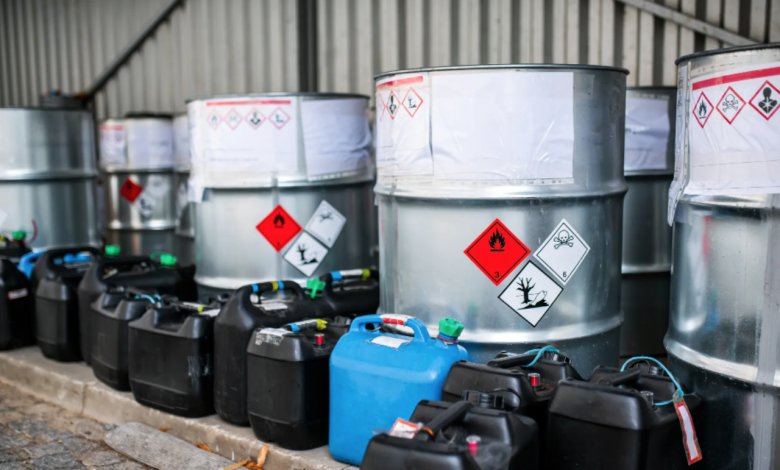World Wide Waste Web, the map of the distribution of hazardous waste in the world
Distribution of hazardous waste worldwide
(Sustainabilityenvironment.com) – The Institute of Interdisciplinary Physics and Complex Systems, in Spain, has built a map of the distribution of hazardous waste in the world. The study identifies 28 countries in the world that are most at risk of being unable to contain them. Through the creation of a mathematical model, researchers have developed the “world-wide-waste web“. From data between 2001 and 2019 (excluding 2010), the passage of waste between different areas of the planet was monitored. But what is hazardous waste? Only substances that are potentially dangerous because they are corrosive, explosive, toxic, and related to biological or flammable risks have been mapped. There are 108 of them, including heavy metals (lead, cadmium, mercury), and volatile and carcinogenic compounds such as benzene and formaldehyde.
The map identifies 28 areas that are particularly at risk.
These are countries where the amount of hazardous waste exceeds the capacity to house, exchange or dispose of it. Europe is not among the countries in danger, among which we include Mexico, India and Uzbekistan. Through the study it is also possible to understand if a country imports or exports more waste. We discover, for example, that Germany, France and the USA have moved from a balanced situation to a sharp increase in the export of hazardous waste. Unlike the situation of China, it is the first state in the world for exports, but at the same time among those considered to be at greater risk of congestion.
What is hazardous waste? And where does it come from?
Every year on our planet we produce a mass amount of waste that exceeds the global population. These include a number of substances, called hazardous waste, that can degrade ecosystems, and general health and environmental problems.
That’s about 500 million tons a year. These include spent batteries, expired medicines, electrical or electronic waste, and industrial waste. These products feature heavy metals that, according to the map, “weigh” in 24 of the 28 countries in conditions of greater risk.
Read also Plastic packaging for fruit and vegetables: stop from France and Spain
The greatest danger stems from the method of disposal, often identified in irregular landfills, open-air, without regulations. In many countries, especially the developing ones, they are disposed of by burning the accumulations. It happens in India, Nigeria, China and Pakistan, but also in many backward areas of our continent and our country.






